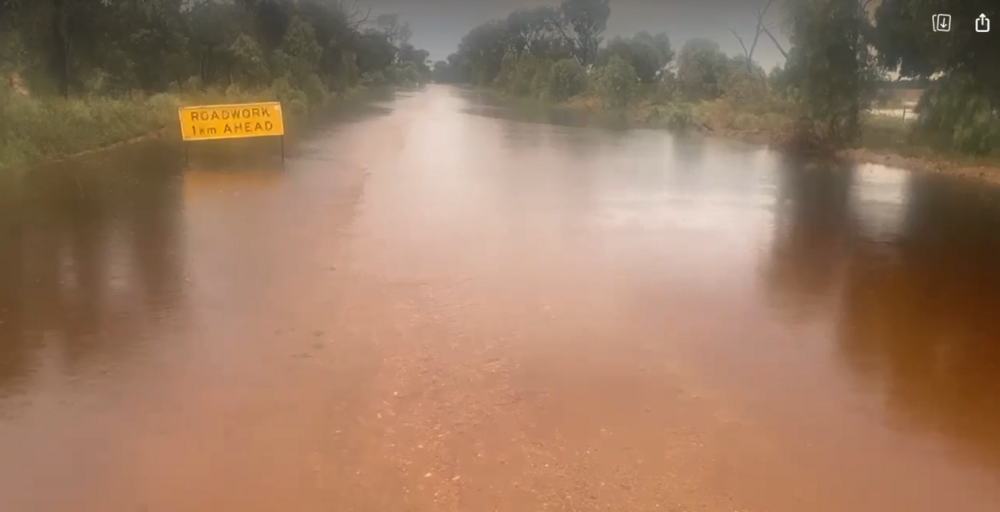Regional road network at “end of its lifecycle”
Luke Williams
04 June 2023, 9:20 PM

Agriculture groups have told a senate inquiry that the regional road network is outdated and in need of being rebuilt.
Speaking at a recent public hearing in Canberra for the Senate's "implications of severe weather events on the national regional, rural, and remote road network," Annabel Mactier, Policy Manager at Trade and Supply Chains for GrainGrowers Ltd, said much had changed in the environment since the government built the bulk of regional roads several decades ago.

"A lot of the road network was created about 50 years ago and is coming to the end of its lifecycle," she said.
"We have increasingly changing requirements. Extremities in weather—an increase in heat as well as flooding and bushfires—are increasing the needs of our road network, which we do not meet. The roads, when they were constructed, were not constructed with these issues and needs".
According to Mactier, much more "sophisticated "and "resilient" roads were needed going forward.
It backs what the Australian Livestock and Rural Transporters Association wrote in its submission to the inquiry.
"Over the last century, grain, fiber, and livestock production has increased dramatically in what was once considered more marginal agricultural regions," they stated.
"In the past 30 years, technological advances have resulted in heavy vehicles becoming far more powerful, larger, and capable of safely carrying much heavier loads. Yet most of the roads servicing Australia's agricultural production zones have not had a significant upgrade in 70 years or more".

One of the roads near Narromine submerged during last year's floods.
Tony Mahar from the National Farmers Federation told the Committee hearing, "We've seen that repeated flood events and persistent and, in fact, unprecedented rainfall have deteriorated significantly critical road infrastructure across Australia and exacerbated systemic, long-term underfunding of our regional road network."
Australian Livestock and Rural Transporters Association, GrainGrowers, and the National Farmers Federation are part of the Rural Roads Alliance, which called for a massive $5.5 billion in new rural roads funding from the Federal Government.
However, the last budget revealed it would only be spending $250 million over the next financial year.
The NRMA's "Fix Our Broken Roads: NSW Infrastructure" report also said Gilgandra and Narromine shires have serious infrastructure backlogs.
The report covers only the period up until June 2021, so with the most recent period of extensive flood damage hitting western councils hard, it reveals just the tip of the iceberg when it comes to the millions needed to bring roads back to a reasonable standard.

Annabel Mactier, Graingrowers ltd.
Mayor of Gilgandra Shire, Doug Batten, has told the Western Plains App the total cost of fixing road damage from the floods in his region "was between eight and 20 million dollars."
The Rural Roads Alliance has expressed its disappointment at the Federal Budget, calling a $250 million a "drop in the ocean."
Rural Roads Alliance member Mactier told the Committee fixing rural roads had wide-ranging social and economic implications.
"As the ABS has identified, many of the regions that have been worst impacted by the flooding and have suffered the worst damage are some of the most disadvantaged areas in the country. We really risk unless we get investment, entrenching inequality. We must look at this. The impact has been incredibly detrimental from an agricultural perspective."



